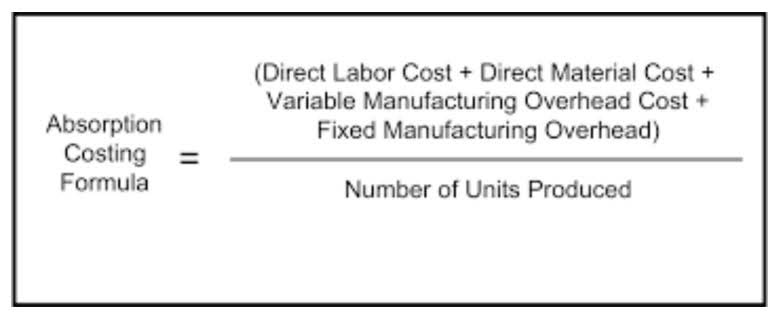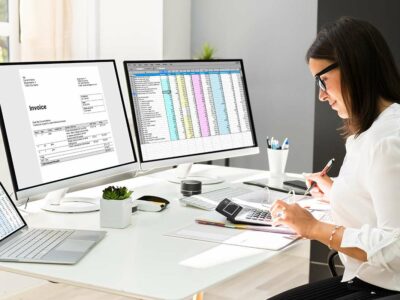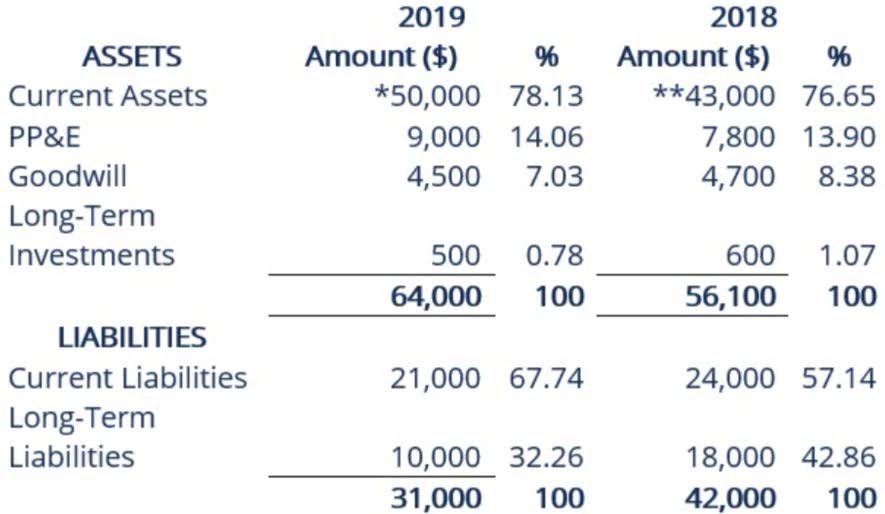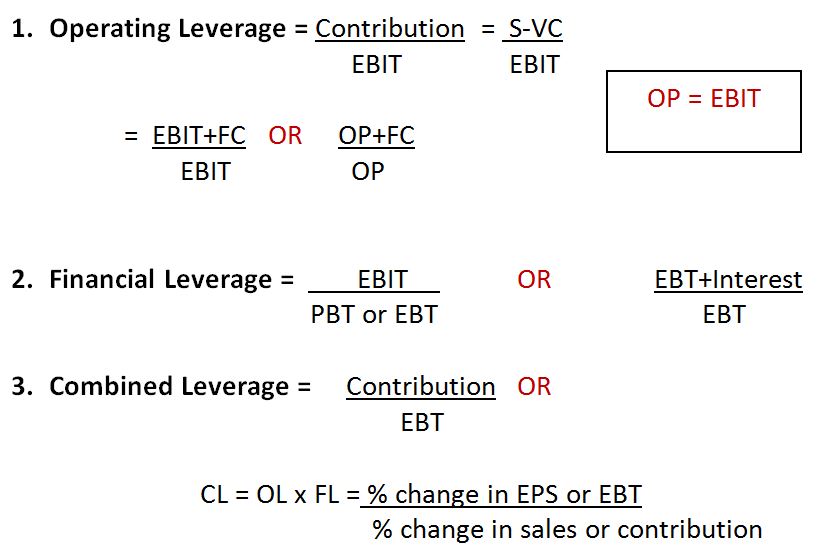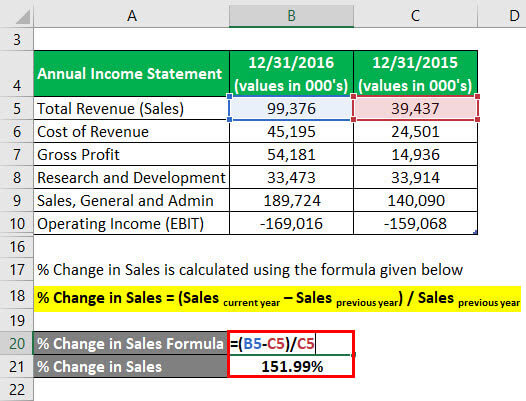Construction Bookkeeping Services in Irvine
Sign up to get the latest news and insights from CCA experts. Our support, including tailored bookkeeping consultations in Orange County, is designed to align with your unique needs. You’ll get accurate, timely data for smarter decision-making. As Sage-certified pros, we harness tools like Bill.com to streamline your payable process, keeping business smooth and timely. Our experts managed client assets of over $50 million over the past five years.
Master Cash Flow Management for Better Control and Timely Projects
- We offer comprehensive bookkeeping services for homebuilders, tracking your daily income and expenses, and freeing up your valuable time for your construction business.
- We are experts in all of the major bookkeeping software types.
- That’s why our innovative proposal integrates advanced accounting and construction bookkeeping in Irvine services tailored specifically for the construction industry.
- Fast, accurate, and dedicated—we understand what it takes to support your success in the construction industry.
Drive your Irvine construction company to success by entrusting us with your bookkeeping. Let our construction bookkeepers handle the finances while you create masterpieces and elevate your Irvine accounting firms. Our services are available for businesses in any industry, as well as individuals.
Contractor & Construction Accounting
An Income Statement, Balance Sheet and Cash Flow Analysis will be provided with each closing. Along with the financial statements, any questions/comments for the owner’s will be provided. https://www.merchantcircle.com/blogs/raheemhanan-deltona-fl/2024/12/How-Construction-Bookkeeping-Services-Can-Streamline-Your-Projects/2874359 We specialize in small and medium business accounting as well as individual accounting. Located in Orange County, Bookkeeping Enterprises is one of the nation’s most trusted companies.
Job Costing
- Our membership in CFMA gives us access to the latest industry insights.
- Construction bookkeeping, financial statements (weekly, monthly, and quarterly), bank account reconciliations, tax preparation, and advisory services are all available from us.
- Gain financial insights and maintain a holistic view of expenses.
- We can help you maximize this powerful tool for greater financial control.
- That’s what CCA is all about—empowering you to succeed.
- A complete financial construction bookkeeping service that enables your construction accounting process to run smoothly and run with confidence.
Say goodbye to hidden pains and unlock it efficiency, profitability, and peace of mind. Reputable and widely used in the construction industry. Upload the documents to our secure, encrypted client portal. From setup to daily operations, you get software that propels your business forward.
Common Bookkeeping Mistakes Small Business Owners Make
- Whether it’s financial planning or general business advice, Citrus Accounting delivers top-notch service every time.
- Improve your cash flow and eliminate late payment worries with our efficient accounts receivable service.
- Schedule a free consultation to discuss your specific needs and the custom solutions we can offer.
- We believe it’s not just about crunching numbers; it’s about giving people the insights they need to take control of their finances.
- I highly recommend Citrus Accounting to anyone looking for a reliable and competent accounting firm.
- With more than 15 years of specializing in construction bookkeeping, we offer tailored, timely support in Irvine.
Say goodbye to financial worries with CCA, your trusted local bookkeeping services partner. Contact us today, and let’s drive your Orange County construction business to success. Construction accounting involves specific considerations such as job costing and progress billing. Our services are tailored to meet these unique requirements. Improve your cash flow and eliminate late payment worries with our efficient accounts receivable service. We handle invoice generation, follow-ups, and collections, ensuring timely payments and financial stability.
Ready for a rock-solid financial foundation for your construction business?
That’s what CCA is all about—empowering you to succeed. With simplified billing and payment tracking, reduce underbilling and ensure clients are charged correctly to maintain a healthy bottom line. Leverage customizable reports and in-depth insights to drive smarter business decisions.
Open Hours
Their job costing service is invaluable.” Read what our satisfied clients in Orange County have to say about our stress-free construction accounting services. Experience value-oriented Orange County bookkeeping for contractors. It compares actual expenses against budgeted amounts, providing insights into any discrepancies. We always put your needs first and go above and beyond to ensure your construction business’s success. If job costing is stressing you out, learn how Irvine Bookkeeping has helped other construction firm owners succeed.
Sage Accounting
Over 15 years of experience in the ins and outs of construction bookkeeping. We are on pace to hit 7 figures this year, and I am able to obtain financial reports promptly every Monday for all YTD How Construction Bookkeeping Services Can Streamline Your Projects revenue and costs. Control expense tracking and minimize costly duplicated payments to save money. Gain financial insights and maintain a holistic view of expenses.

